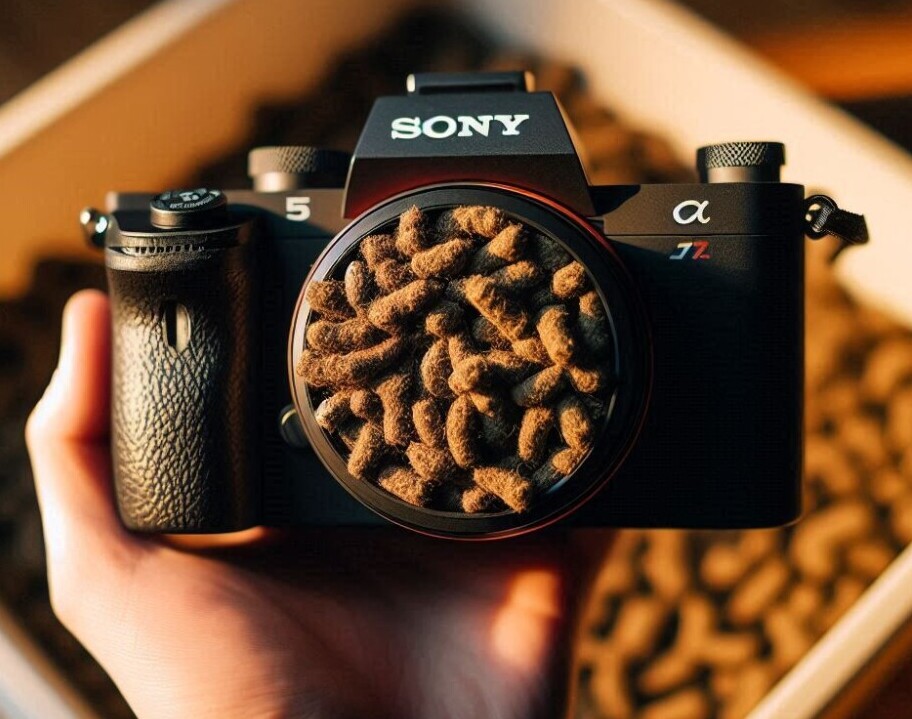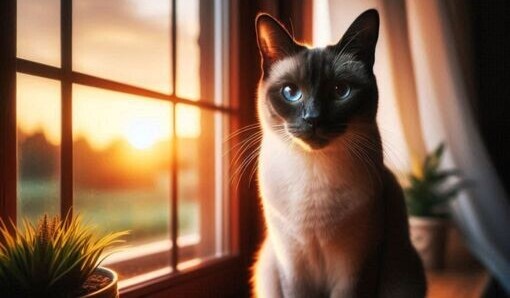Cat litter, it’s not just a matter of convenience. What it’s made of plays a big part in its impacts on our pets and planet. Biodegradable litter is known for its use of natural materials like wood, corn, and walnut shells. These materials are not only gentle on the earth but usually kinder to kitty’s paws, too.

The eco-friendly reputation of biodegradable litters stems from the fact that they contain no synthetic chemicals. That makes them a friendlier choice when you’re thinking green. Plus, there’s the added bonus that some types are flushable, creating less landfill waste.
On the flip side, clumping litters typically involve a base of clay, like bentonite, famous for super absorbing powers. It’s what makes those solid clumps easy to scoop. But remember, the clay in clumping litters doesn’t come naturally or sustainably. These products often have chemical additives to control odor, which can be a deal-breaker for the eco-conscious.
So, when picking litter, it’s all about balancing immediacy and convenience against environmental responsibility. Biodegradables win points for eco-friendliness but may lack the strong clumping efficiency clay litter fans prefer.
Clumping Ability: The Key to Easy Litter Maintenance
When it comes to dealing with kitty waste, clumping ability is a real game-changer. Picture this: you go to scoop the box, and the litter has formed tight, easy-to-remove clumps. That’s the beauty of clay-based litter. It’s designed to lock in moisture, making cleanup a breeze and helping to keep unpleasant odors in check.
Biodegradable litter offers clumping options too, just not with the same oomph. Materials like corn and wheat can form clumps, although they might not always be as hard as their clay counterparts. The upside, though, is they’re generally a healthier choice for both your cat and the environment.

It’s a matter of knowing what you value more — super tight clumps or a gentler interaction with Mother Nature. If scooping efficiency is your top priority, the tough clumping action of clay might win. But if you’re leaning towards a more natural approach, the softer clumping biodegradable types could do the trick without too much compromise.
Evaluating Odor Control and Dust Levels
Handling the great cat litter stink — it’s a reality for every pet owner. Biodegradable litter generally offers natural odor control thanks to the materials used, like pine or walnut, which naturally have mild scents. While they do a decent job, they might not last as long as the chemically-enhanced clumping litters in odor fighting.
Clumping litters, on the other hand, often come packed with odor-control additives. These additives lock away that infamous litter box smell for longer. This can be a real lifesaver for multi-cat households or those with litter boxes in smaller living spaces.
Now, let’s talk about dust. Biodegradable litters usually boast lower dust levels, particularly those made from paper or walnut shells, which is a big win for minimizing allergies and respiratory issues. Clay-based clumping litters can be dusty, potentially causing irritation for both cats and their humans. Some brands promise low-dust formulas, but you might still notice a bit of a cloud when pouring or scooping.
Choosing between the two often comes down to what’s more tolerable for your household’s noses and lungs. If fragrance longer and cleaner air are your thing, biodegradable might edge out in the dust and natural aroma department. But if you need serious scent suppression, those additives in clay litter could be worth the dust tango.
Environmental and Cost Considerations

Every choice has its impact, and with cat litter, the road often forks between environmental responsibility and cost. Biodegradable litter is the eco-champ, made from renewable resources, which can often be composted or flushed (as long as there’s no waste contamination). It’s a super choice if you’re looking to lower your carbon paw-print.
On the flip side, clay-based clumping litter comes with environmental baggage. The process of clay mining, including strip mining, is quite harsh on Mother Earth. Plus, since clay isn’t biodegradable, it piles up in landfills. It takes ages to break down, which isn’t great when thinking about sustainable living.
Cost is another vital factor to weigh in. Biodegradable litters can be a bit pricier, especially the premium options. But if you’re someone who values eco-friendly choices, you might see the price as an investment in reducing your environmental impact. Meanwhile, clumping litters often present a budget-friendly option with wide availability, though prices vary based on the brand and added odor control features.
Ultimately, your choice might hinge upon what’s most important to you — a smaller ecological footprint or keeping costs in check. Both present their own benefits, and striking a balance that works for your situation is the way to go.
Health Implications and Ease of Disposal

Ensuring your cat’s safety and well-being often influences the type of litter you choose. Biodegradable litter, with its natural composition, tends to be gentler on sensitive cats and kittens. It’s also a safer bet if your feline friend has a habit of tasting things they shouldn’t, minimizing the risk that accompanies clumping clay ingestion.
Speaking of clumping clay litter, while it scores high on convenience, it can pose health risks, especially for younger or more sensitive cats. The dust from some varieties can affect their respiratory systems, stirring up issues over time, especially in asthmatic cats.
When it comes to getting rid of used litter, biodegradable options lead with their convenience. Many can be flushed or composted, though it’s crucial to ensure they’re free from contaminants before adding them to your garden compost. This disposal versatility can simplify clean-up and align with eco-friendly goals.
Clay-based clumping litter requires more traditional trash disposal. This means regular trips to the garbage and contributes to landfill buildup. For some, the convenience of clumping action might outweigh the disposal drawbacks, but it’s a consideration for those looking to make greener choices.
Finding a litter that meets health, environmental, and practical needs might feel like a juggling act. But weighing these factors according to what’s most important for you and your feline will guide you toward a choice that fits well.


